In May 2023, I attended the Gartner Application Innovation & Business Solutions Summit in Las Vegas. At the event, I was pleasantly surprised to find that the topic of event-driven architecture was central to many of the presentations. It also happens that Gartner recently published research providing critical guidance to organizations broadening their adoption of event-driven architecture.
Introduction to Event-Native Thinking and Building
At the Gartner Application Innovation & Business Solutions Summit, Distinguished VP Analyst Yefim Natis delivered a session titled “Introduction to Event-Native Thinking and Building.” I loved how he started the session, noting that the world is filled with events – can you afford not to listen?
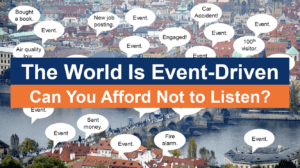
Figure 1 – Source: Gartner presentation “Introduction to Event Native Thinking and Building”, 22-24 May 2023, by Yefim Natis
In fact, in another presentation, Gartner made the assertion “Digital Applications require access to data in unprecedented speed and configurations which can only be delivered by event-driven architectures.”1
The 4 Technologies of an Event Processing System
After explaining to the crowd the fundamentals of event-driven systems, including their strengths and challenges, Yefim noted the 4 overall technologies that can be used together for a complete event processing system (see Figure 2 below):
- Event broker
- Event portal
- Event store
- Stream analytics
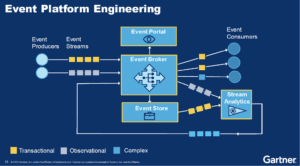
Figure 2 – Source: Gartner presentation “Introduction to Event Native Thinking and Building”, 22-24 May 2023, by Yefim Natis
Yefim noted that some vendors may provide all of these components, but often organizations may engineer their own platform with best of breed tools.
At the centre of this platform is the event broker, and the analyst outlined both the foundational and advanced capabilities found in common event brokers, as seen in the image below.
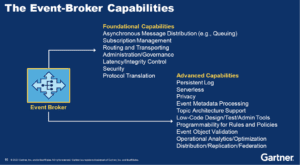
Figure 3 – Source: Gartner presentation “Introduction to Event Native Thinking and Building”, 22-24 May 2023, by Yefim Natis
Gartner also noted there are various deployment models for event brokers, including centralized, distributed, replicated, and federated. As the image below shows, the distributed architecture shown is very much the same to what Solace identifies as an event mesh.
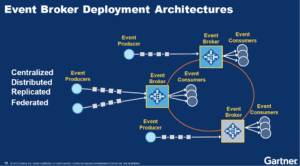
Figure 4 – Source: Gartner presentation “Introduction to Event Native Thinking and Building”, 22-24 May 2023, by Yefim Natis
Trends and Use Cases for Event-Driven Architecture
Again at the Apps Summit, Sr. Director Analyst Andrew Humphreys delivered a session titled “Trends and Use Cases for Event-Driven Architecture.” The analyst started by noting that event-driven architecture currently sits at the top of the hype cycle for application architecture and integration.
Andrew shared that event-driven architecture tends to address 4 main types of use cases, as well as the types of event brokers that are most often used in these cases (see Figure 5):
- Enterprise – Processing of core business transactions, and reliable data distribution between application domains. These tend to be addressed with queue-orientated event brokers
- Application – Reliable data distribution between application components that tend to scale independently. These have traditionally been addressed with queue-based event brokers but are increasingly being addressed with subscription brokers.
- Edge – Reliable data distribution between devices and data centers, often with lightweight communications over unreliable networks. These tend to be addressed with a mix of queue and log-based event brokers, depending on the specific requirements.
- Streaming – Application- and system-emitted data describing state as an event, with other systems subscribing to this data for insight and status. These tend to be addressed by log-orientated event brokers.
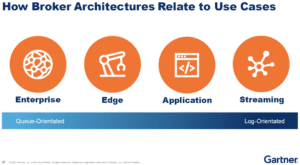
Figure 5 – Source: Gartner presentation “Trends and Use Cases for Event-Driven Architecture”, 22-24 May 2023, by Andrew Humphreys
Gartner made it very clear that organizations should not be afraid to use multiple event broker products, as vendors tend to specialize in one or more of these main use cases but not all of them, so you should select the technology that best suits your particular use case and needs.
Gartner’s Advice on How to Choose an Event BrokerA summary of Gartner's advice on the three types of event brokers and how to choose between them.
This session also highlighted some trends and use cases where event-driven architecture is being used – namely for microservices communications and providing data to digital applications while protecting back-end systems of record. The latter approach can utilize something Gartner calls a Digital Integration Hub (see Figure 6).
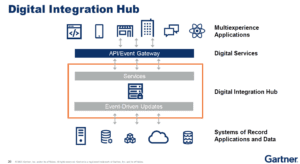
Figure 6 – Source: Gartner presentation “Trends and Use Cases for Event-Driven Architecture”, 22-24 May 2023, by Andrew Humphreys
Succeeding EDA by Correcting Common Misconceptions and Selecting the Right Event Broker – Kafka Users Take Note!
Probably the most salient advice on event-driven architecture came in two new research notes. The first titled “Succeed with Event-Driven Architecture by Correcting Common Misconceptions.” published May 30, 2023 by Sr. Principal Analyst Max van den Berk and the second was titled “Select the Right Event Broker Technologies for Your Event-Driven Architecture Use Cases” published June 19, 2023 by analysts Andrew Humphreys, Keith Guttridge, and Max van den Berk.
These notes recommended that software engineering leaders responsible for APIs and integration should heed some sound advice:
- “Avoid the implementation challenges of a one-size-fits-all approach by identifying your organization’s core use cases and choosing the best-fit event-broker technology for each.” 2
- “Generally, you should select queue-orientated event brokers for enterprise messaging, and log-orientated for event streaming use cases. However, there is a degree of overlap between the four EDA use cases that make it harder to generalize about application messaging and edge messaging use cases where any type may be appropriate, depending on other requirements such as its scope, ownership model and maturity.” 3
Gartner has now identified the key components of an event-driven platform, what the basic and advanced features of event brokers are, and when to use each type of broker. Most importantly, they advised that you should match your requirements to event broker capabilities, and not be afraid to use more than one technology within your enterprise.
I think this is great advice. What do you think?
1 Gartner presentation “Trends and Use Cases for Event-Driven Architecture”, 22-24 May 2023, by Andrew Humphreys
2 Gartner “Succeed with Event-Driven Architecture by Correcting Common Misconceptions.”, May 30, 2023, Max van den Berk
3 Gartner “Select the Right Event Broker Technologies for Your Event-Driven Architecture Use Cases” , June 19, 2023, Andrew Humphreys, Keith Guttridge, and Max van den Berk.
Explore other posts from category: For Architects

 Roger Sabourin
Roger Sabourin
